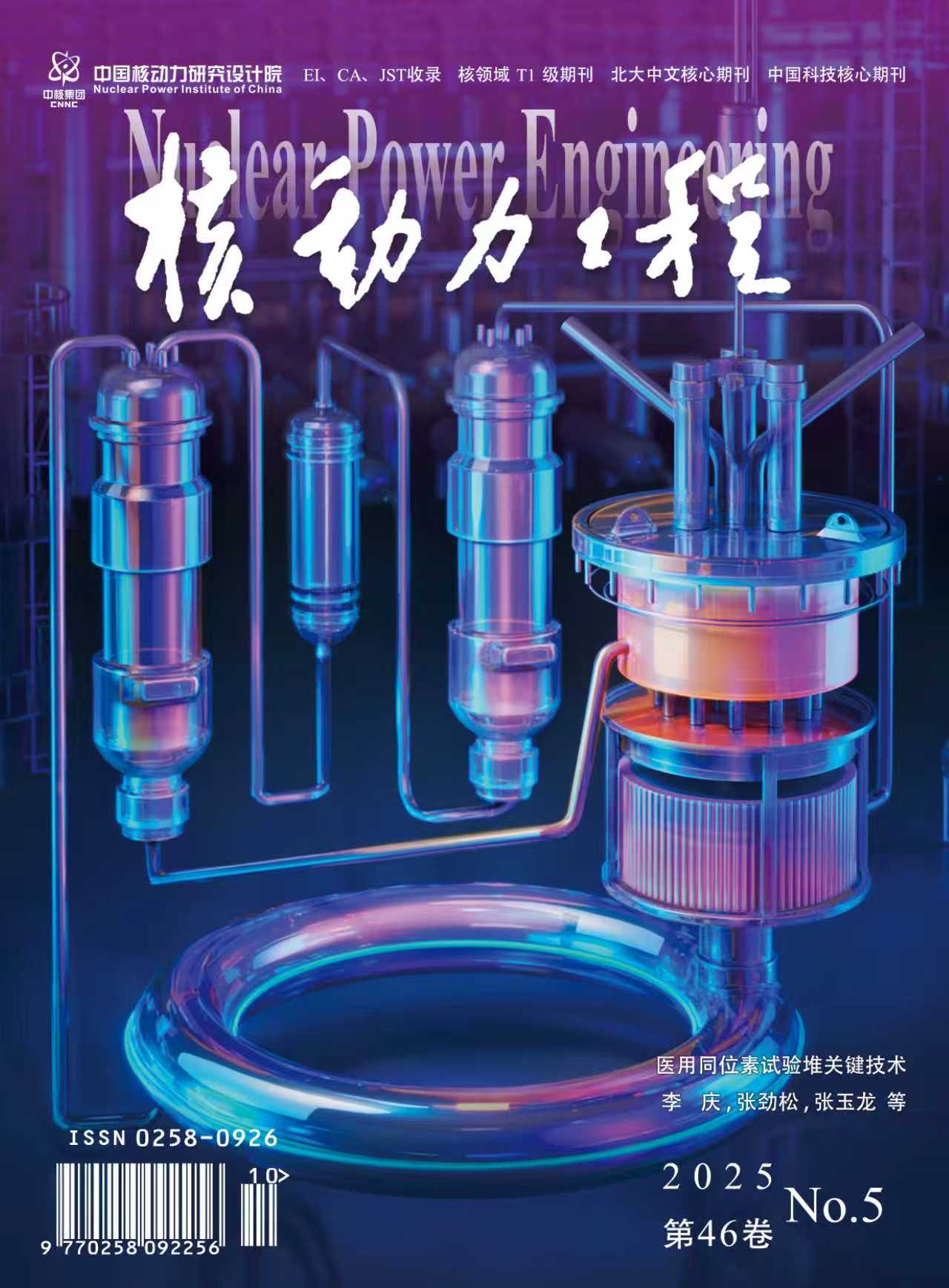2005 Vol. 26, No. 6
Display Method:
2005, 26(6): 531-534.
Abstract:
2005, 26(6): 535-538,543.
Abstract:
2005, 26(6): 539-543.
Abstract:
2005, 26(6): 544-547,571.
Abstract:
2005, 26(6): 548-553.
Abstract:
2005, 26(6): 554-558.
Abstract:
2005, 26(6): 559-562.
Abstract:
2005, 26(6): 563-566.
Abstract:
2005, 26(6): 567-571.
Abstract:
2005, 26(6): 572-575.
Abstract:
2005, 26(6): 576-578,613.
Abstract:
2005, 26(6): 579-584.
Abstract:
2005, 26(6): 585-592.
Abstract:
2005, 26(6): 593-599.
Abstract:
2005, 26(6): 600-604.
Abstract:
2005, 26(6): 605-608.
Abstract:
2005, 26(6): 609-613.
Abstract:
2005, 26(6): 614-617,644.
Abstract:
2005, 26(6): 618-621.
Abstract:
2005, 26(6): 622-626.
Abstract:
2005, 26(6): 627-630.
Abstract:
2005, 26(6): 631-634.
Abstract:
2005, 26(6): 635-639.
Abstract:
2005, 26(6): 640-644.
Abstract:
2005, 26(6): 645-647.
Abstract:



